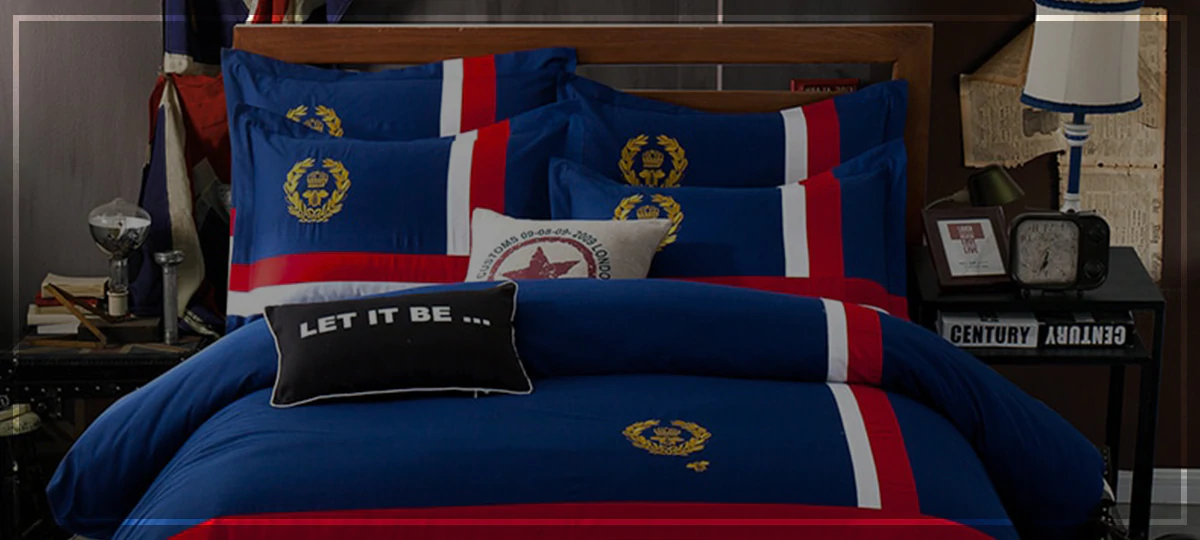Everything You Need To Know About Garment Embroidery

Garment embroidery is one business that is getting crazy popular among all business sectors. From individual enthusiasts to the fashion world, sports leagues, and the corporate world, every sector is looking for garment embroidery services to establish its presence and dominate the market.
However, interestingly few people know the garment embroidery details, including the processes involved, the costs, the limitations of the process, and others. Read below to learn everything you need to know about garment embroidery.
What is garment embroidery?
The simplest definition of garment embroidery is to sew a design onto fabric. The process is somewhat similar to screen printing, where the design file has to be provided as a high-resolution image file. However, embroidery digitizing services creates the digitized design of the file. The digitized file is created as per the embroidery requirements. Some of the key considerations for digitizing process includes; the type of fabric, the stitch density, colors, size (dimensions), and others.
Once the digitized file is created, it is exported in desired machine embroidery format. Finally, the digitized design is uploaded into the embroidery machine and sewn/embroidered on the fabric. The time required for embroidery will depend on the number of stitches used in the design.
Type of garments used for embroidery
Embroidery can be done on most types of garments, barring very thin fabrics. Modern-day embroidery machines are also able to perform embroidery on caps, jackets, hats, and other accessories. Most used garments used for embroidery include; sweatshirts, t-shirts, hoodies, shirts, and tops. Since embroidery is exceptionally hardwearing, it is preferred by many sectors. Sports clubs love garment embroidery for caps and athletic wear. Corporate entities prefer garment embroidery for marketing merchandise, while businesses also use garment embroidery for work wear uniforms.
Garment Embroidery Considerations
Here’re some considerations that you should factor in during the garment embroidery process:
- Choose the garment you want to embroider
- Identify the type of fabric and see if it’s stretchy or not
- Use the right stabilizer according to the type of fabric
- Use good quality threads that don’t color-off and shrink
- Use the suitable needles
- Adjust the embroidery speed according to the fabric type and design complexity
What are different types of embroidery?
Two broad categories of embroidery include; flat embroidery and 3D embroidery. The flat stitch embroidery creates a flat-level finish. In this case, stitches don’t cross or loop. Flat embroidery is also one of the most preferred embroidery types that are used on all sorts of garments. 3D embroidery or 3D puff is a special embroidery technique that enables embroiders to create raised (3D) designs. This is achieved by inserting a foam under the top stitch. 3D garment embroidery is highly preferred for cap embroidery, where it is used to create raised emblems and designs. On the downside, you cannot wash garments with 3D embroidery repeatedly.
Can embroidery be done directly on clothing?
Yes. Embroidery can be done directly onto clothing. Below are some important aspects to consider when embroidering directly onto clothes.
- Don’t use an embroidery hoop if you are working with stretchy fabric.
- Ideally, you should also use stabilizer backing when working with stretchy fabric, although this may be a personal preference
- If you are working with stretchy fabric, keep your hands gentle during stitching. This will help you to avoid creating bubbles in embroidery design
- When you are embroidering on clothes directly, make sure to secure the threads with tight knots. This will help to keep the threads in place during machine wash
- Don’t tumble dry embroidery clothing
- To avoid coloring off, never wash clothes with embroidery over 40 degrees Celsius
Can we embroidery a color design on white cloth?
Definitely yes.
It’s pretty common and appealing to use strong colors embroidery designs on white clothing.
The only consideration here is to ensure the quality of the thread. If you use poor-quality thread, these can decolorize and stain the white clothing.
To avoid any color off from threads, a pro technique is to boil threads before embroidering.
Once you boil the threads, there remains no risk of color off or thread shrinkage during the embroidery process.
Any color off or shrinkage in the thread will be eliminated during the boiling.
Similarly, you may also want to wash your clothes before embroidery. This will eliminate any risk of shrinkage or color off after the first wash.
How much does garment embroidery cost?
There is no definite cost of garment embroidery. The final cost of garment embroidery will depend on various factors, including the fabric used, complexity and size of the design, number of stitches in the design, and much more.
Many embroidery firms offer a flat rate for a definite number of stitches. Whereas some embroidery agencies only offer quotes after understanding the scope of work. Nonetheless, the high competition in the garment embroidery market means you can always find a competitive service. In fact, many embroidery agencies also offer loyalty discounts and bulk order promotions.





